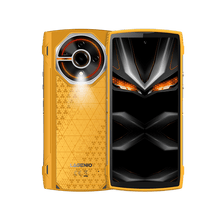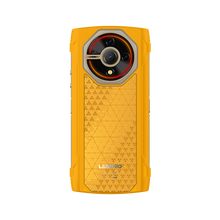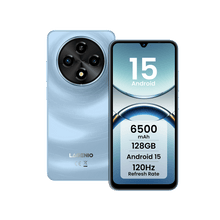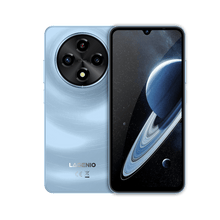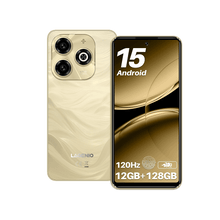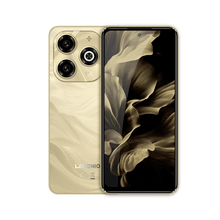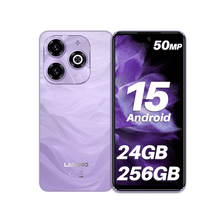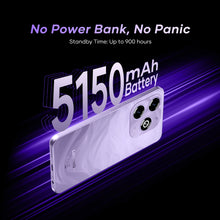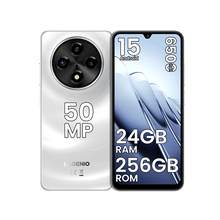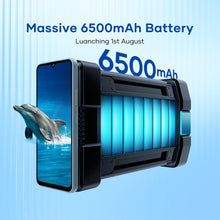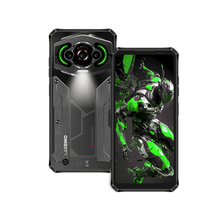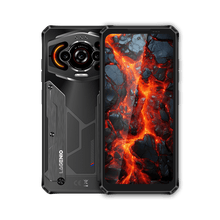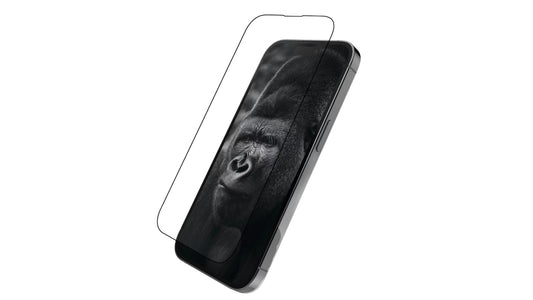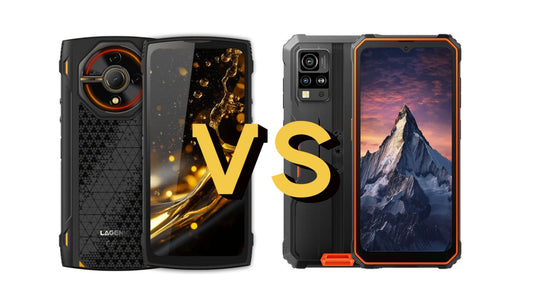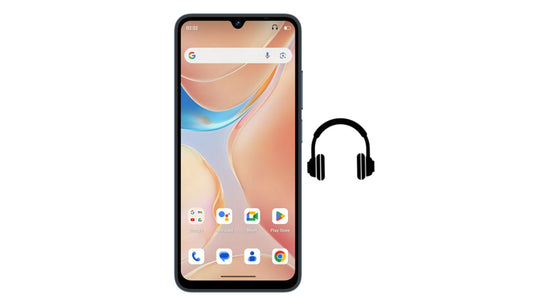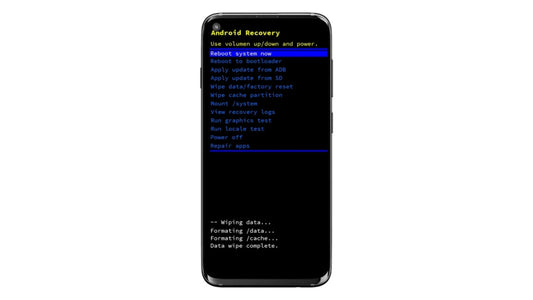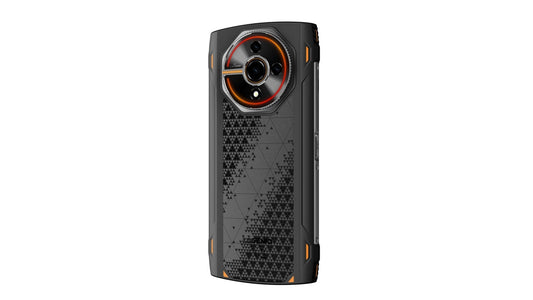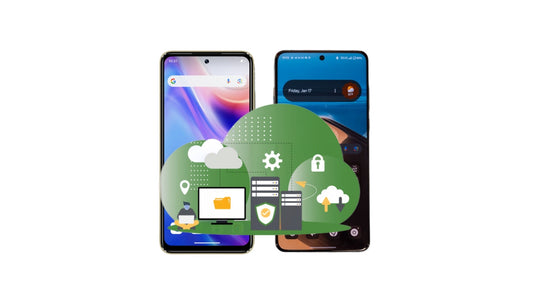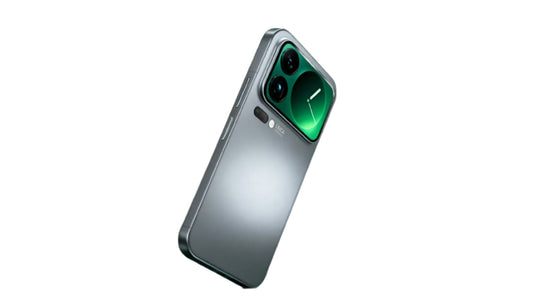Understanding Smartphone Screen Glass: Why Corning Gorilla Glass 5 Matters

When talking about smartphones, people often focus on processors, cameras, or batteries. But one of the most important – and most overlooked – components is the screen glass. This thin yet powerful layer decides whether your phone survives a drop, stays clear over time, and feels smooth to the touch.
Let’s explore what smartphone screen glass really is, how different materials compare, and why Corning Gorilla Glass 5, used on the LAGENIO Panther2 Pro, makes a big difference in durability and experience.
What Is Smartphone Screen Glass?
The screen glass (or cover glass) is the transparent protective layer that sits on top of a smartphone’s display. It protects the display from scratches and drops, ensures accurate touch response, and maintains high transparency and color accuracy. It also provides the smooth, responsive surface that users interact with every day.
In simple terms, it’s the part of your smartphone that faces the world—and takes the most hits.
Leading Smartphone Glass Manufacturers
Although there are countless phone brands, only a few companies in the world produce the ultra-strong glass that protects them.
The most recognized is Corning, an American company famous for its Gorilla Glass series, used by almost every major smartphone brand including Apple, Samsung, Huawei, and LAGENIO. Corning’s glass is known for its exceptional strength, optical clarity, and lightweight design. Over the years, Gorilla Glass has evolved from the early versions like Gorilla Glass 3 and 4 to more advanced generations such as Gorilla Glass 5, 6, and the recent Victus and Victus 2, which improve resistance to scratches, impacts, and even concrete drops.
Related reading: Apple and Corning partner to manufacture 100 percent of iPhone and Apple Watch cover glass in Kentucky

Another major player is AGC from Japan, known for its Dragontrail Glass. Dragontrail glass is smooth to the touch and offers excellent scratch resistance, making it common in mid-to-high-end smartphones.
In Europe, SCHOTT, a German manufacturer, produces the Xensation series, widely used in flagship models from Huawei and Honor. This glass is known for its high hardness and exceptional impact resistance.
China has also emerged as a strong player, with companies such as Lens Technology, Biel Crystal, and Longteng focusing on precision glass cutting, chemical strengthening, and lamination. Some have even started developing their own reinforced glass solutions for mid-range devices.
How Does Screen Glass Become So Strong?
The strength of smartphone glass doesn’t come from its thickness, but from a process called chemical strengthening, also known as ion exchange.
During this process, the glass is immersed in molten potassium nitrate at about 400°C. Smaller sodium ions in the surface layer are replaced by larger potassium ions, which creates a layer of compressive stress on the surface. This invisible stress layer makes the glass far more resistant to cracks and impacts.
For instance, Gorilla Glass 5 features a deeper compressive layer—up to 50 microns—making it several times stronger than ordinary glass of the same thickness. The result is a lightweight yet tough material that can survive real-world drops.
Advanced Surface Treatments
Modern smartphone glass goes beyond basic protection. Manufacturers apply a series of specialized surface coatings to enhance daily use.
An anti-fingerprint coating (also known as an oleophobic layer) helps keep the surface smooth and resistant to smudges. Anti-glare or anti-reflective coatings reduce reflections, improving visibility under direct sunlight. Some glasses feature blue-light filtering to reduce eye strain during prolonged screen time.
In addition, advanced cutting and polishing techniques create 2.5D and 3D curved edges, offering a more comfortable grip and seamless integration with the phone’s frame. Together, these treatments not only improve the look of the device but also its tactile and optical experience.
How Glass Quality Affects Everyday Experience
The quality of the glass you use has a direct impact on daily experience. High-grade glass, such as Gorilla Glass 5, offers far better drop and scratch resistance compared to ordinary glass. It can survive accidental falls from over a meter high, while cheaper materials often shatter on impact.
Premium glass also resists scratches from keys, coins, and sand, keeping the screen clear and smooth even after years of use. The touch sensitivity remains consistent, and the surface stays silky and responsive. In terms of visuals, high-quality glass maintains superior transparency and color accuracy, ensuring that the display appears bright and vivid rather than dull or yellowish.
Most importantly, it extends the overall lifespan of the phone, reducing the need for costly repairs or replacements.
Screen Glass and Display Integration Technology
How the glass is attached to the display panel also affects performance.
Some phones use OGS (One Glass Solution), which combines the touch layer directly with the glass to reduce thickness. Others use In-Cell or On-Cell technologies, integrating the touch sensors into the display panel itself—a method commonly used in AMOLED screens.
Finally, full lamination technology eliminates the air gap between the glass and display, resulting in better contrast, improved touch accuracy, and reduced reflection under sunlight.
All of these integration methods, when combined with strong glass, create a more durable and responsive user experience.
Why Corning Gorilla Glass 5 Is a Smart Choice
Introduced in 2016, Gorilla Glass 5 was designed to address one of the most common smartphone accidents: dropping your phone. In laboratory tests, it was shown to survive up to 80% of drops from heights of around 1.6 meters onto rough surfaces.
In addition to outstanding drop resistance, it maintains excellent optical clarity and high touch sensitivity. It’s also thinner and lighter than many previous versions, helping manufacturers design sleek devices without compromising strength.
For everyday users, this means fewer cracked screens, fewer scratches, and a more reliable smartphone over time.
The LAGENIO Panther2 Pro: Built Tough with Gorilla Glass 5
LAGENIO Panther2 Pro, a rugged outdoor smartphone, is equipped with Corning Gorilla Glass 5—a perfect match for users who live or work in challenging environments.
Thanks to this glass, the Panther2 Pro offers superior drop resistance, easily withstanding accidental falls in outdoor conditions such as construction sites or hiking trails. The scratch protection ensures the screen remains smooth and readable, even when exposed to dust, sand, or metal tools.
Its high transparency preserves the vivid colors and sharp visibility of the display, even under strong sunlight—an essential feature for outdoor workers or adventurers. The oleophobic surface coating makes the screen comfortable to use, preventing fingerprints and smudges.
In combination with the phone’s rugged frame, Gorilla Glass 5 extends the lifespan of the Panther2 Pro while maintaining a premium, refined feel.
Simply put, Gorilla Glass 5 gives the LAGENIO Panther2 Pro both the toughness to survive harsh environments and the clarity to deliver an excellent viewing experience.

Conclusion
Smartphone screen glass is far more advanced than it looks. Corning Gorilla Glass 5 offers the perfect mix of strength, clarity, and comfort—built to protect without compromise. That’s why the LAGENIO Panther2 Pro, equipped with Gorilla Glass 5, delivers real-world durability with refined design.



